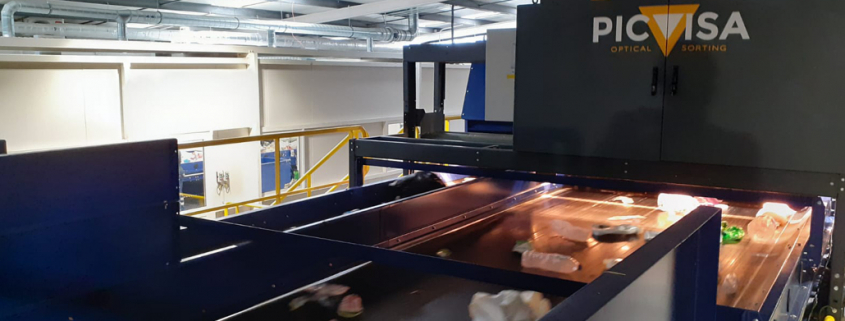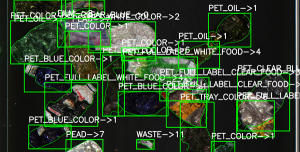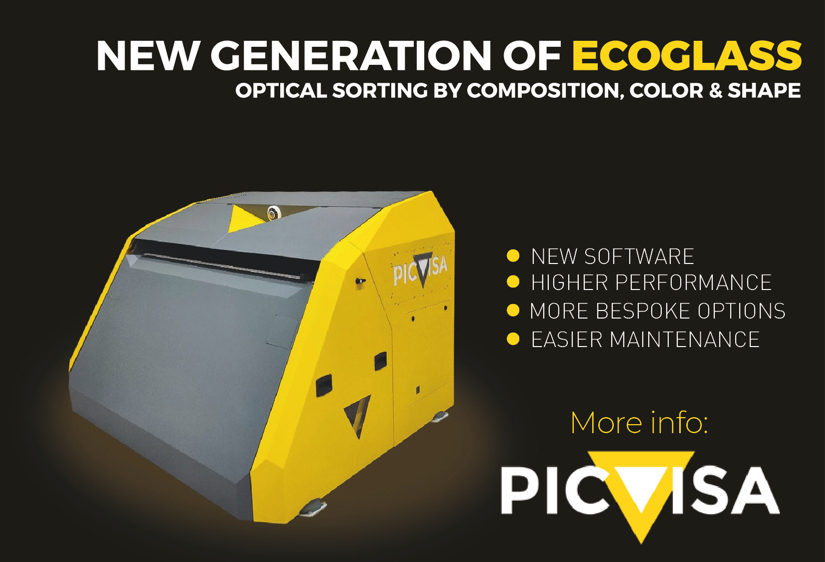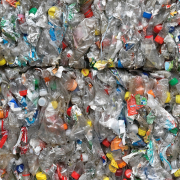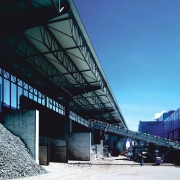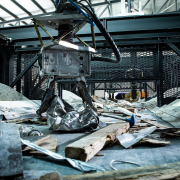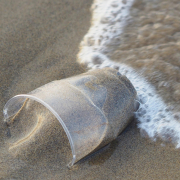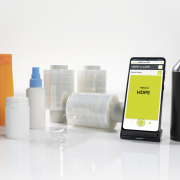Artificial Intelligence Applied to the Plastics Sector
The EU has just confirmed its commitment to a global agreement to end plastic pollution by 2040.
This is a historic step to end the pollution of an industry that has multiplied its waste in recent decades, and that generates 400 million tons per year. It is the most important public effort since the Paris Agreement and a fundamental step on the road to a more sustainable and circular industry.
It is essential to automate processes that were manual until now to achieve these ambitious goals. Also the application of new technologies that help us classify and separate plastic waste to prevent it from polluting the environment and to be able to recover it within a more circular economy model. Intelligence and computer vision play a crucial role in this regard.
Artificial Intelligence brings together different technologies, from machine learning to natural language processing. These technologies enable machines to perceive, understand, act and learn.
Machine Vision is a subfield of Artificial Intelligence (AI), which aims to get a machine to identify an object and classify it. Through the analysis and interpretation of the content, numerical or symbolic information is extracted. This information is processed by a computer and allows you to act correctly and effectively in a given situation or process.
Combining Artificial Intelligence with Artificial Vision, PICVISA manages to provide its systems with a decision-making and reaction capacity unprecedented in the industry. By applying a deep learning algorithm to the images recorded with the camera, the equipment allows an accurate classification of the materials that pass over a conveyor belt.
In this sense, artificial intelligence systems and robotics, such as those developed by PICVISA, are constantly advancing to improve the selection capacity of waste such as plastic packaging. With the greater technification of the MSW plants provided by PICVISA technology, two major objectives are achieved. On the one hand, it is possbile to maximize the recovery of materials present in waste streams. And on the other hand, the plants ensure optimal quality of the recovered materials that allows their subsequent transformation into secondary raw materials and, consequently, valorizes them.
PICVISA’s work within this field of innovation is applied, for example, in a Spanish company dedicated to the recycling of HDPE.
An ECOPACK optical separator has been installed for this plant at the end of the HDPE classification line with the aim of carrying out a quality control on batches of different colors of HDPE previously classified.
It is the first equipment that works exclusively with artificial intelligence, without integrated NIR sensor. It incorporates the latest technology in vision and artificial intelligence, BRAIN by PICVISA, composed of RGB camera and Deep Learning, detecting improper not detectable by NIR, such as silicone cartridges or Rhinomer type containers. These are manufactured externally with HDPE, and therefore the NIR sensor would classify them as HDPE, but they contain other contaminants inside that would seriously impair the subsequent recycling process.
The unit also incorporates an inductive sensor under the feeding belt for the detection of all types of metals.
The equipment is configured to classify the material according to its nature using three outputs:
1. Contaminants that can be considered rejection (including silicones, Rhinomer type containers)
2. Contaminants in the processed batch but which are recoverable in another batch and which are recirculated at the head of the process (colors not corresponding to that batch)
3. Correct material that continues the recycling process.
The incorporation of this equipment in the process thus offers a double
advantage, it increases the purity of the final product and contributes to increasing the overall effectiveness ratios.
The equipment is already in production 24/7 after the commissioning and training period required by this type of technologies based on continuous learning, with separation effectiveness values of up to 95 % and purities of up to 98 %.
One of the great added values of artificial intelligence to work in the classification of containers is versatility and flexibility, offering continuous improvement that keeps the equipment adapted to new packaging that may arise in the market through simple software updates.
The average recycling rate of plastic packaging in Europe in 2020 is 46 %, well above the global average of between 14 % and 18 %, or that of the United States, which is at 30 %*). According to Eurostat data, Germany and Belgium are the two countries that lead the recovery of municipal waste and the collection of packaging respectively. Germany manages to collect 66.1 % of municipal waste. To continue in this line of growth, it is essential to bet on innovation and new technologies that continue to increase the global numbers of recycled plastics until reaching the ambitious European objectives for 2040.
*) According to the Organization for Economic Cooperation and Development (OCCDE).
(Published in GLOBAL RECYCLING Magazine 1/2023, Page 41 -Advertorial-, Photo: PICVISA)

